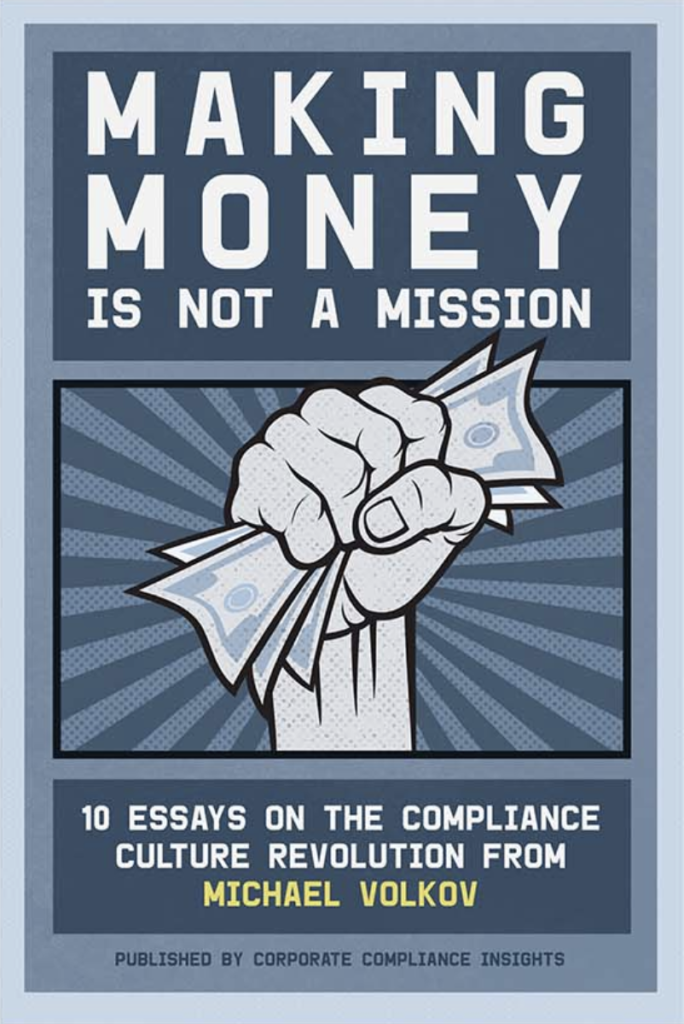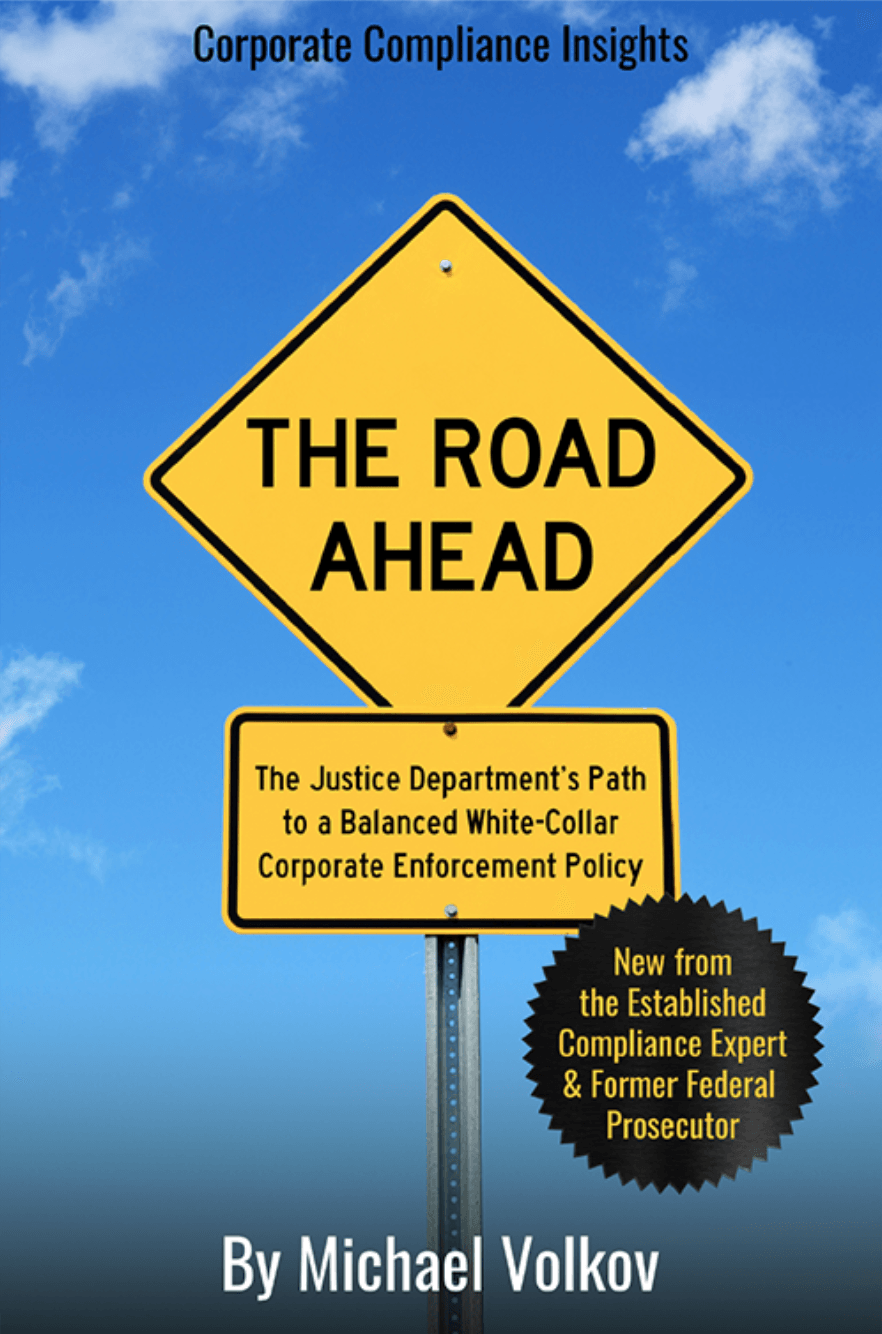FCPA Pilot Program Motors On
 No one was really surprised when Kenneth Blanco, Acting Assistant Attorney General for the Criminal Division, US Department of Justice, announced last week that DOJ was planning to continue the FCPA Pilot Program past April 5, 2017, the scheduled expiration date. Blanco stated in a speech given at the annual White Collar Crime Conference:
No one was really surprised when Kenneth Blanco, Acting Assistant Attorney General for the Criminal Division, US Department of Justice, announced last week that DOJ was planning to continue the FCPA Pilot Program past April 5, 2017, the scheduled expiration date. Blanco stated in a speech given at the annual White Collar Crime Conference:
Before I conclude, I would be remiss if I did not comment on the Fraud Section “Pilot Program.” Last year, the Fraud Section implemented a one-year “Pilot Program” for FCPA cases, to provide more transparency and consistency for our corporate resolutions. The “Pilot Program” provides our prosecutors, companies and the public clear metrics for what constitutes voluntary self-disclosure, full cooperation and full remediation. The one-year pilot period ends on April 5. At that time, we will begin the process of evaluating the utility and efficacy of the “Pilot Program,” whether to extend it, and what revisions, if any, we should make to it. The program will continue in full force until we reach a final decision on those issues.
DOJ will continue the Pilot Program because it has definitely improved the overall transparency of DOJ decision-making and resolution of FCPA cases. If you compare how DOJ explains its decisions, the reasons for its decisions, and the standards that it applies to DOJ FCPA settlements five years ago, it is apparent that companies and FCPA practitioners have additional data from the Pilot Program from which to provide meaningful guidance.
That does not mean, however, that the program cannot be improved. Two significant issues come to mind.
First, with respect to incentives, I have written that companies that meet the rigorous tests for voluntary disclosure, cooperation and remediation, as well as disgorgement, should receive a declination. To be sure, a 50 percent reduction from the bottom of the sentencing guideline range is a significant reduction but it is not a sufficient reward and incentive for companies to increase voluntary disclosures.
If a company meets the standards required by the Pilot Program, the costs of legal and accounting services, as well as compliance remediation, and payment of a disgorgement penalty, has to be offset by a significant benefit. We have seen many cases where the overall costs of earning a penalty reduction may be greater than the benefit. In other words, legal and accounting costs, coupled with compliance program investments, can easily exceed the amount of a fine reduction. This calculation also does not even consider the reputational damage to the company and collateral litigation.
If DOJ is really serious about encouraging increased voluntary disclosures, then the carrot has to be increased. A full declination is the precise method to create such an incentive. However, DOJ has to commit itself to a more aggressive approach, in practice, to punishing individual wrongdoers. It is one thing to give the company a pass based on its voluntary self-disclosure, cooperation and remediation; it is quite another to then go and give the responsible individuals a pass. If there is anything the Antitrust Division has taught the Criminal Division is how to use a company’s cooperation and immunity status to build cases against individuals at other companies who participated in illegal cartel activities.
 A second point that needs to be addressed in the Pilot Program extension is the need to update the remediation requirements. With the recent release of the Compliance Evaluation Guidance, DOJ has raised the bar once again for chief compliance officers to elevate their compliance programs. While the remediation requirements in the Pilot Program represented a significant improvement, DOJ has moved the bar yet again and should take the opportunity when announcing the continuation of the Pilot Program or adoption of the program as permanent to articulate current ethics and compliance program standards. When DOJ speaks, companies listen. CCOs in particular need even more reasons to justify compliance enhancements, resources and empowerment within the corporate structure.
A second point that needs to be addressed in the Pilot Program extension is the need to update the remediation requirements. With the recent release of the Compliance Evaluation Guidance, DOJ has raised the bar once again for chief compliance officers to elevate their compliance programs. While the remediation requirements in the Pilot Program represented a significant improvement, DOJ has moved the bar yet again and should take the opportunity when announcing the continuation of the Pilot Program or adoption of the program as permanent to articulate current ethics and compliance program standards. When DOJ speaks, companies listen. CCOs in particular need even more reasons to justify compliance enhancements, resources and empowerment within the corporate structure.














